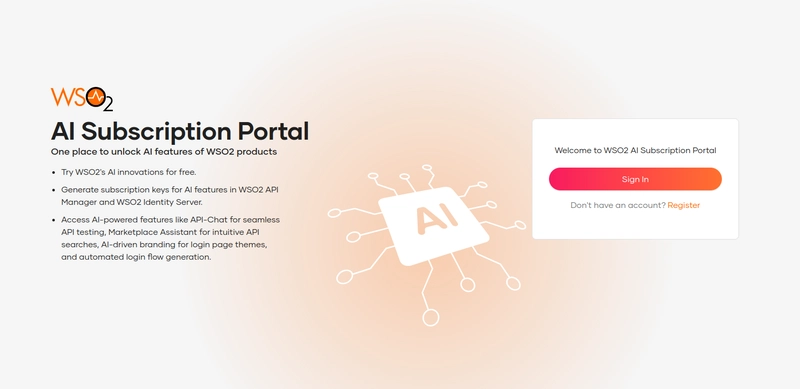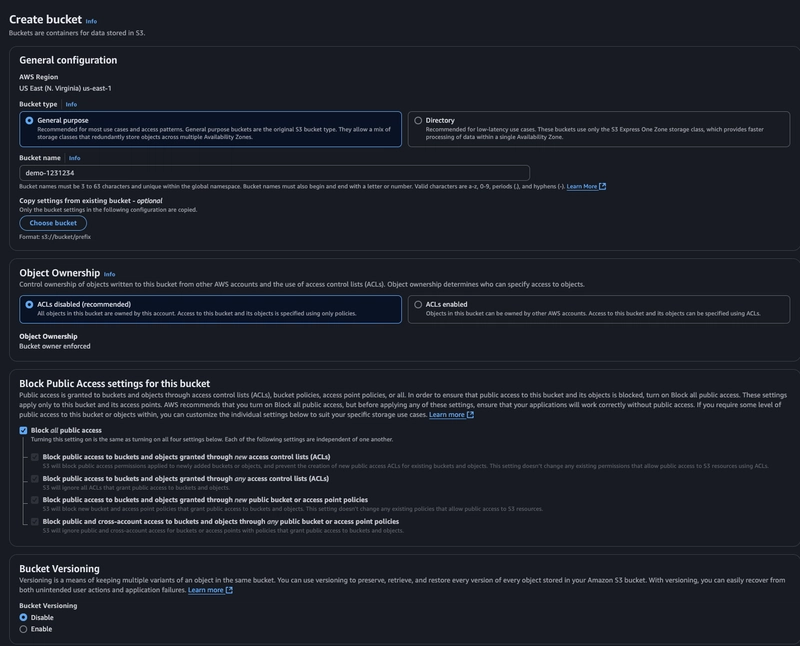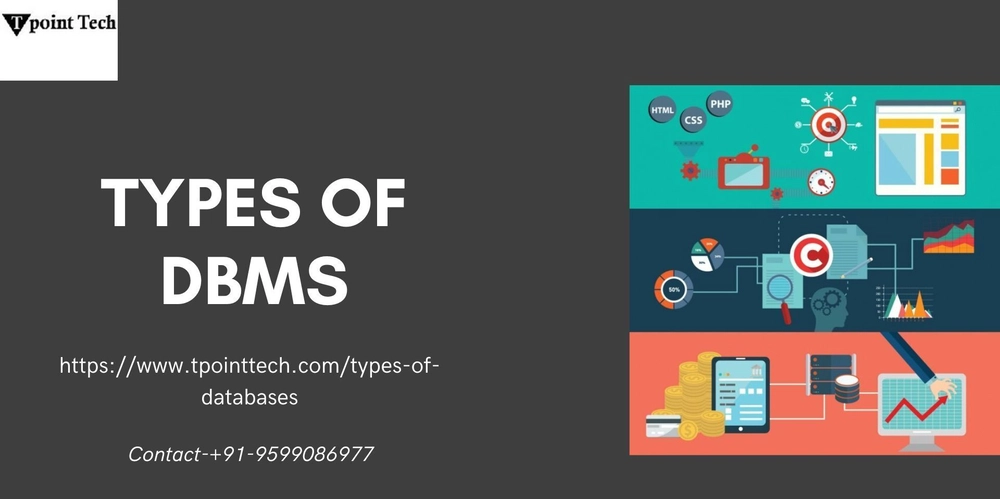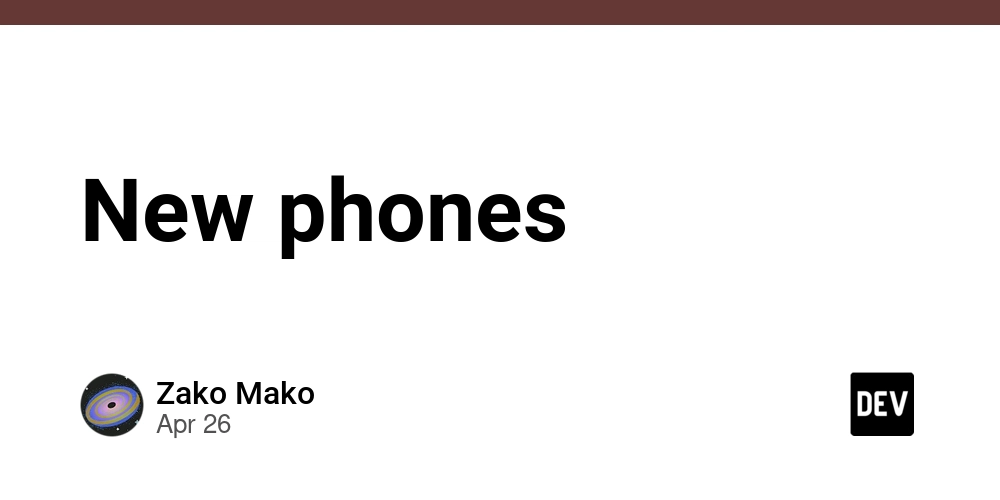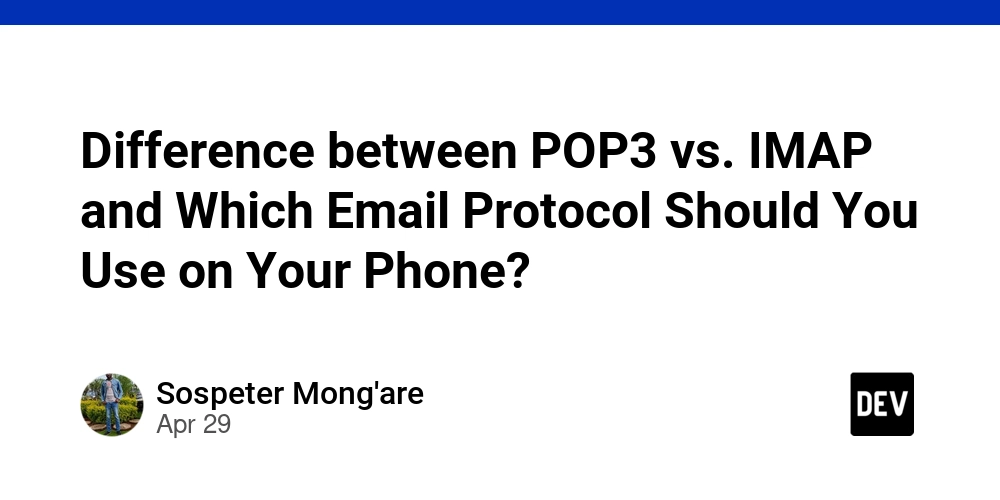Vibe Coding: The Calm Revolution in Developer Workflows
Vibe Coding: The Calm Revolution in Developer Workflows In the ever-evolving landscape of software development, 2025 has ushered in a paradigm shift known as vibe coding. Coined by AI researchers, vibe coding represents a transition from traditional, syntax-heavy programming to a more intuitive, AI-assisted approach where developers articulate their intentions in natural language, and AI tools generate the corresponding code. What Is Vibe Coding? At its core, vibe coding is about conveying the desired functionality or behavior of software through conversational prompts. Instead of meticulously writing out code line by line, developers describe what they want the software to do, and AI models translate these descriptions into executable code. This method emphasizes clarity of thought and design over manual coding, allowing developers to focus on the “what” rather than the “how.” The Tools Empowering Vibe Coding Several AI tools have emerged to facilitate vibe coding, catering to both novice and experienced developers: GitHub Copilot: Provides code suggestions based on natural language comments and code context. Replit: Offers an interactive coding environment with AI assistance for real-time code generation. Cursor: An AI-first code editor designed to streamline the vibe coding experience. Windsurf: Tailored for advanced users, offering sophisticated AI-driven code generation capabilities. These tools integrate seamlessly into existing workflows, enhancing productivity without overwhelming the user. Benefits of Vibe Coding Enhanced Productivity: Reduces boilerplate coding, letting developers focus on design and problem-solving. Lower Barrier to Entry: Enables contributors with limited coding experience to articulate ideas in plain language. Rapid Prototyping: Transforms concepts into working prototypes quickly, facilitating faster iteration. Focus on Intent: Shifts emphasis to desired outcomes and user experience rather than syntax details. Challenges and Considerations While vibe coding offers many advantages, it also brings considerations: Understanding Generated Code: Developers must review and understand AI-generated code to ensure maintainability. Security Concerns: AI models can introduce vulnerabilities if outputs aren’t carefully audited. Maintaining Skills: Over-reliance on AI may erode fundamental coding abilities; balance is key. Embracing the Zen of Vibe Coding Vibe coding aligns perfectly with ZenOfCode’s principles: simplicity, clarity, and intentionality. By abstracting away syntax complexities, developers engage more deeply with the essence of their work, crafting software that is both functional and elegant. As we integrate AI into our workflows, a balanced approach—leveraging AI for efficiency while preserving human insight—will define the next era of calm, focused development.

Vibe Coding: The Calm Revolution in Developer Workflows
In the ever-evolving landscape of software development, 2025 has ushered in a paradigm shift known as vibe coding. Coined by AI researchers, vibe coding represents a transition from traditional, syntax-heavy programming to a more intuitive, AI-assisted approach where developers articulate their intentions in natural language, and AI tools generate the corresponding code.
What Is Vibe Coding?
At its core, vibe coding is about conveying the desired functionality or behavior of software through conversational prompts. Instead of meticulously writing out code line by line, developers describe what they want the software to do, and AI models translate these descriptions into executable code. This method emphasizes clarity of thought and design over manual coding, allowing developers to focus on the “what” rather than the “how.”
The Tools Empowering Vibe Coding
Several AI tools have emerged to facilitate vibe coding, catering to both novice and experienced developers:
- GitHub Copilot: Provides code suggestions based on natural language comments and code context.
- Replit: Offers an interactive coding environment with AI assistance for real-time code generation.
- Cursor: An AI-first code editor designed to streamline the vibe coding experience.
- Windsurf: Tailored for advanced users, offering sophisticated AI-driven code generation capabilities.
These tools integrate seamlessly into existing workflows, enhancing productivity without overwhelming the user.
Benefits of Vibe Coding
- Enhanced Productivity: Reduces boilerplate coding, letting developers focus on design and problem-solving.
- Lower Barrier to Entry: Enables contributors with limited coding experience to articulate ideas in plain language.
- Rapid Prototyping: Transforms concepts into working prototypes quickly, facilitating faster iteration.
- Focus on Intent: Shifts emphasis to desired outcomes and user experience rather than syntax details.
Challenges and Considerations
While vibe coding offers many advantages, it also brings considerations:
- Understanding Generated Code: Developers must review and understand AI-generated code to ensure maintainability.
- Security Concerns: AI models can introduce vulnerabilities if outputs aren’t carefully audited.
- Maintaining Skills: Over-reliance on AI may erode fundamental coding abilities; balance is key.
Embracing the Zen of Vibe Coding
Vibe coding aligns perfectly with ZenOfCode’s principles: simplicity, clarity, and intentionality. By abstracting away syntax complexities, developers engage more deeply with the essence of their work, crafting software that is both functional and elegant.
As we integrate AI into our workflows, a balanced approach—leveraging AI for efficiency while preserving human insight—will define the next era of calm, focused development.














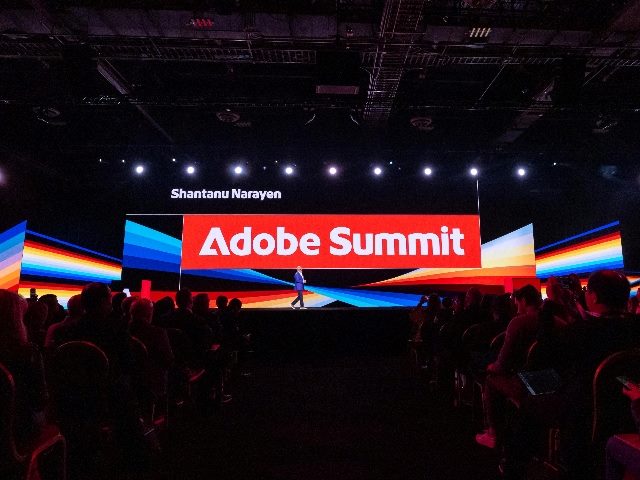






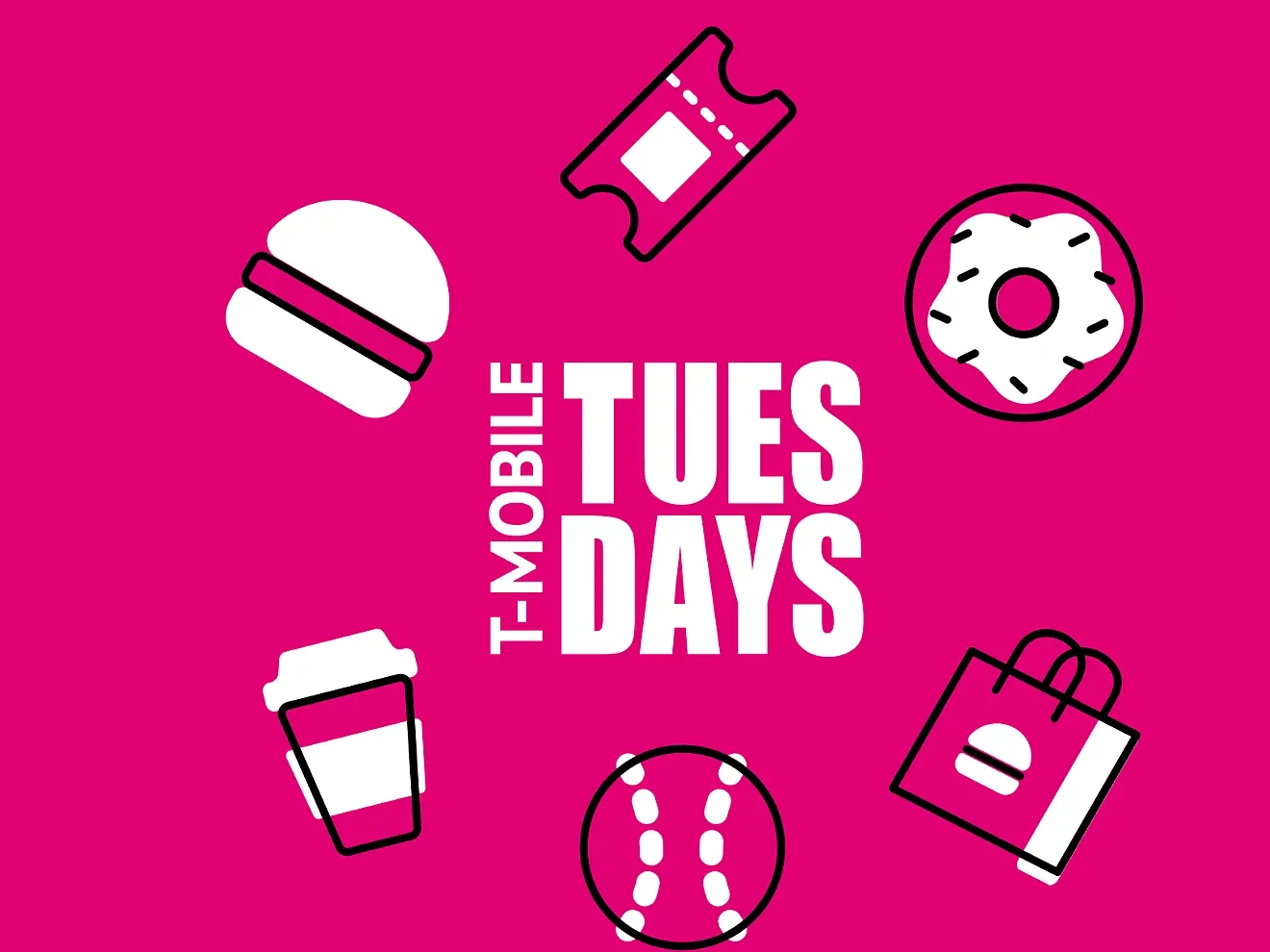
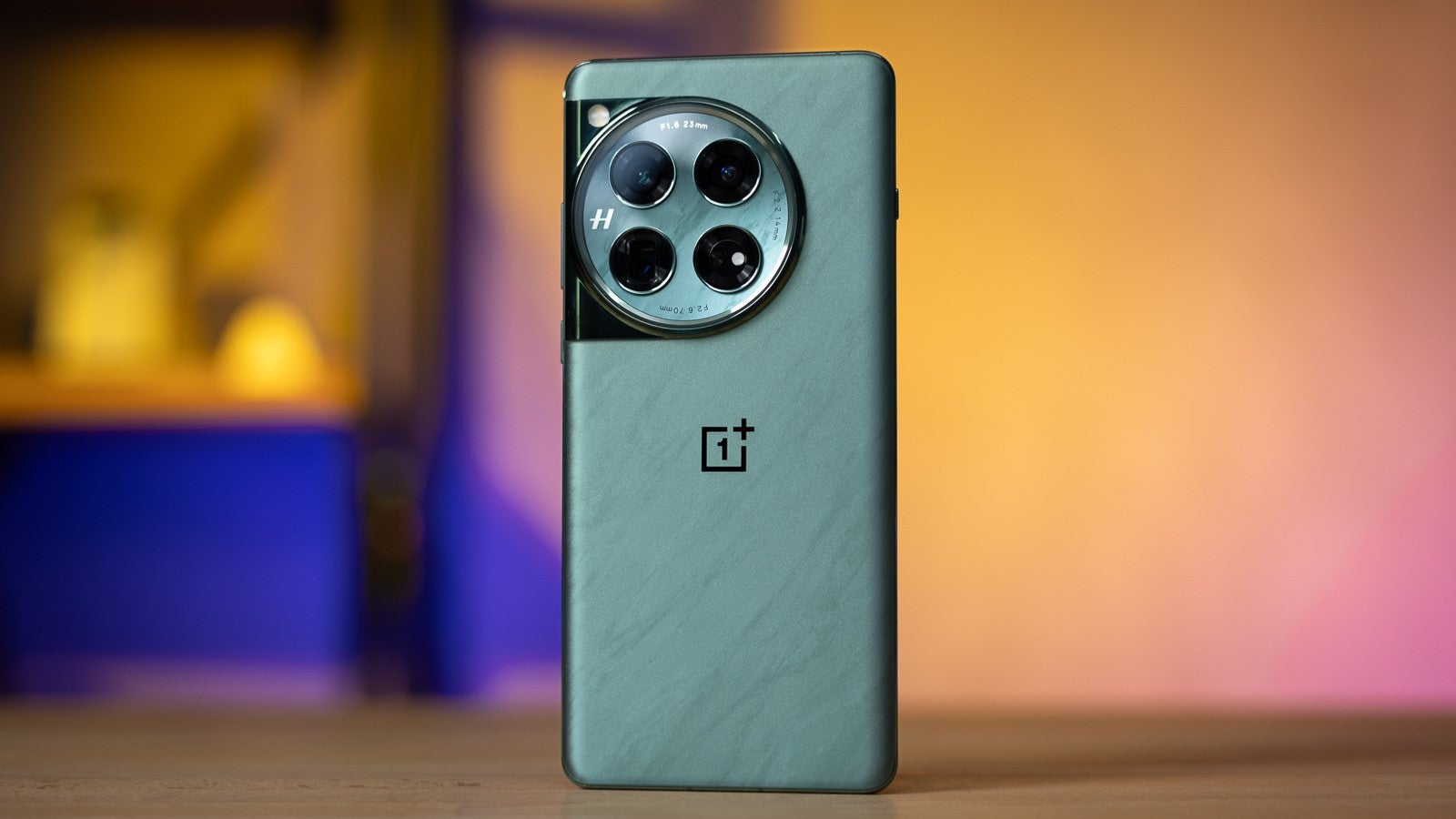
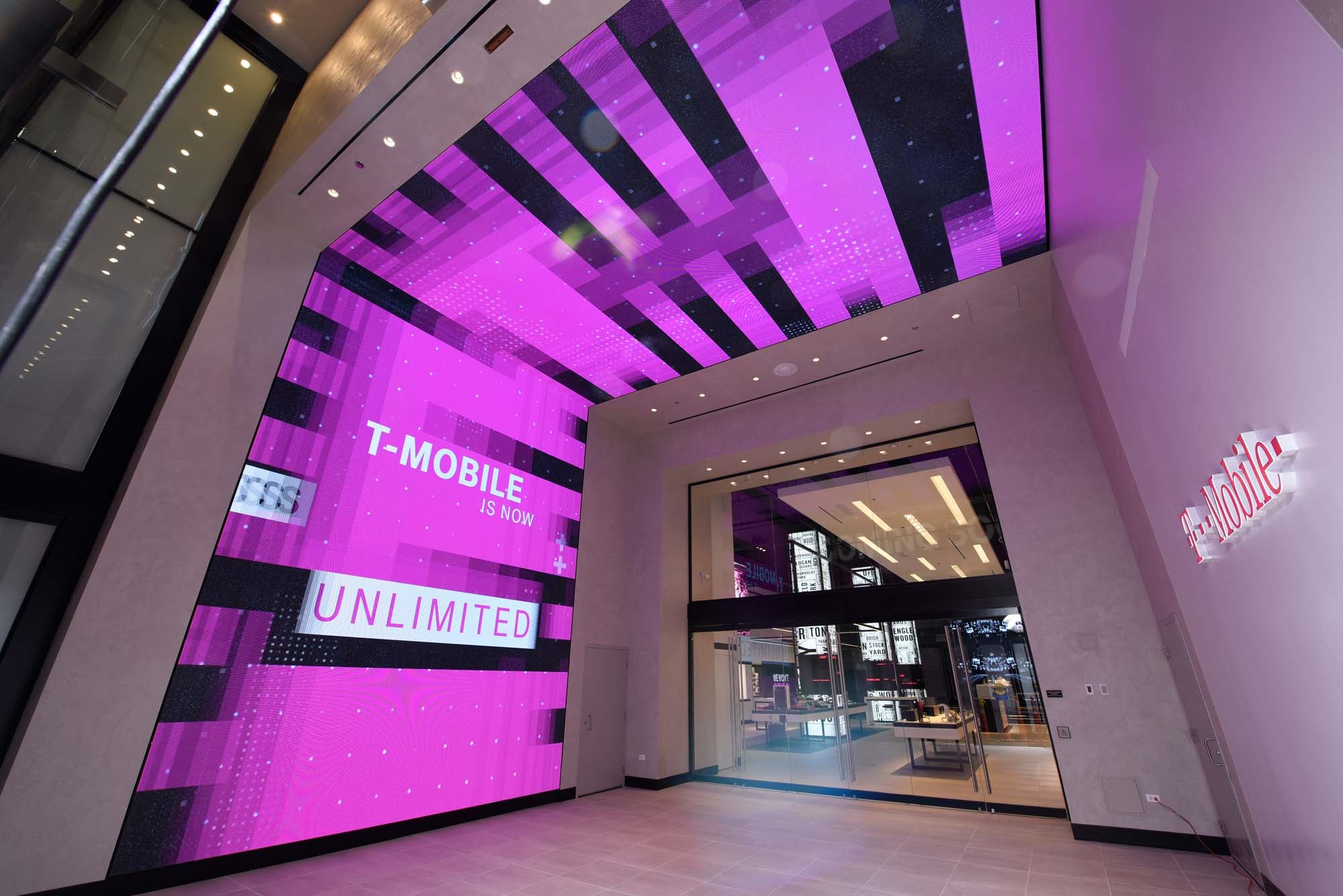
















































![Apple Restructures Global Affairs and Apple Music Teams [Report]](https://www.iclarified.com/images/news/97162/97162/97162-640.jpg)
![New iPhone Factory Goes Live in India, Another Just Days Away [Report]](https://www.iclarified.com/images/news/97165/97165/97165-640.jpg)



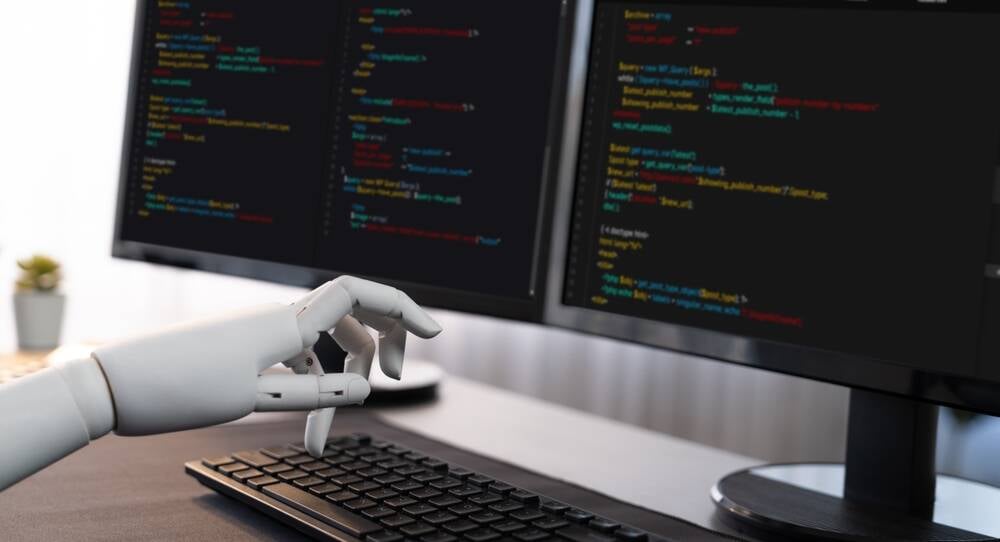
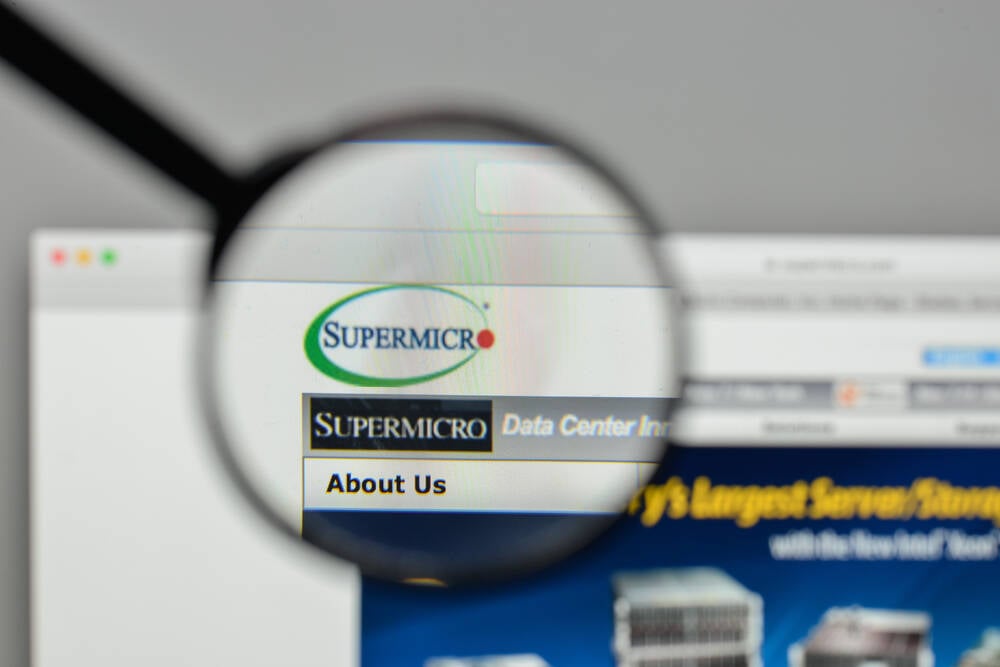
















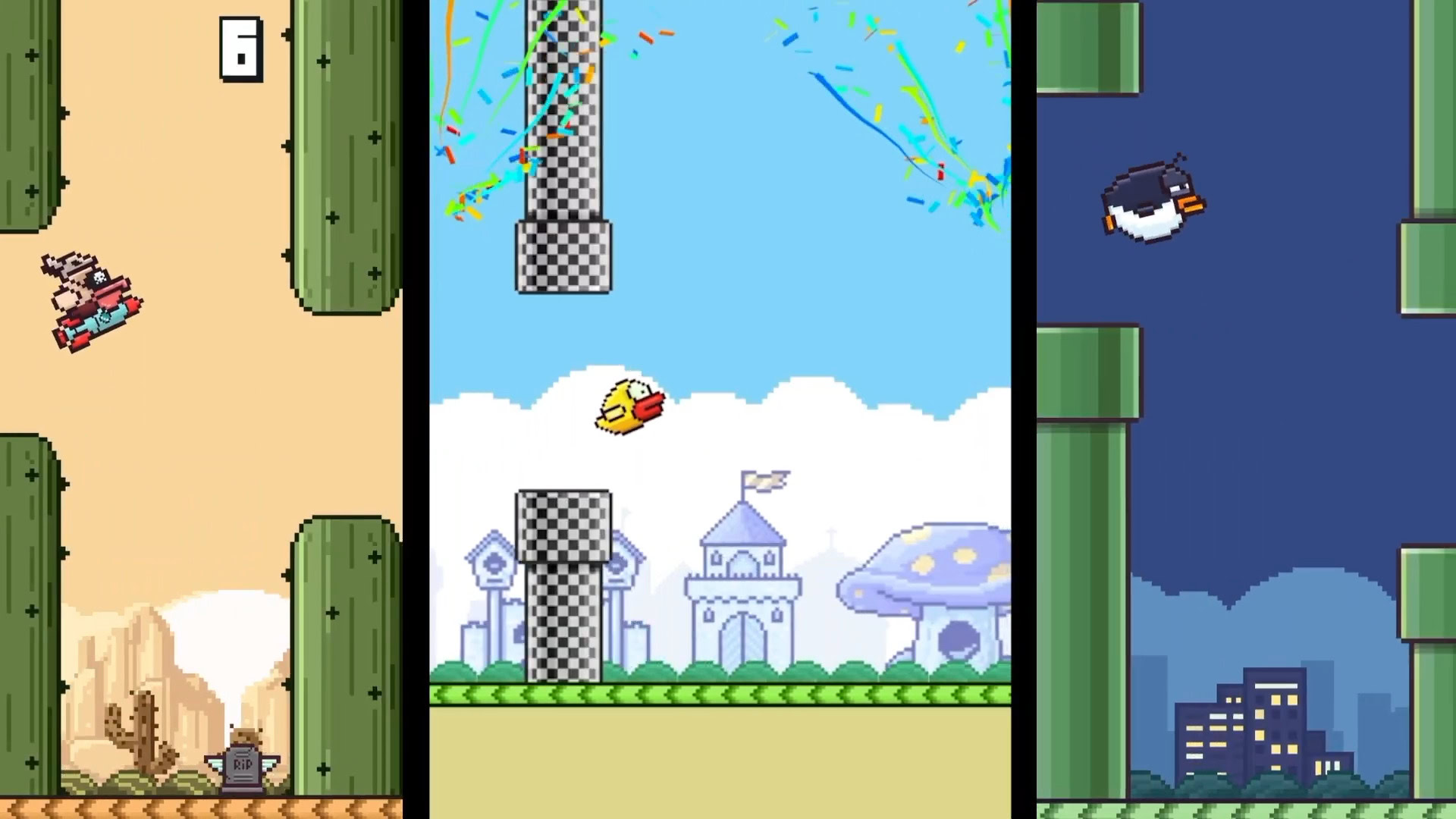



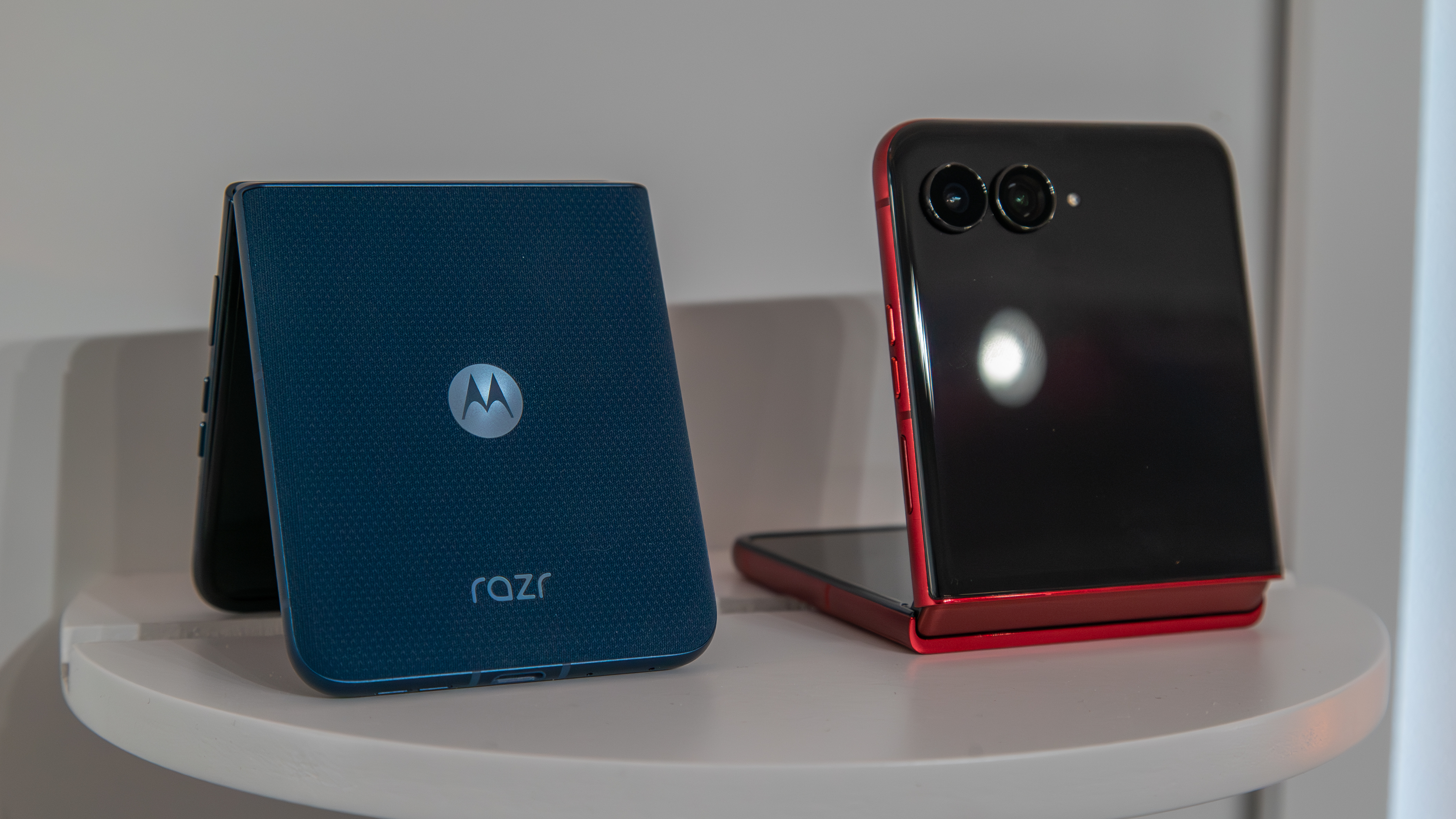
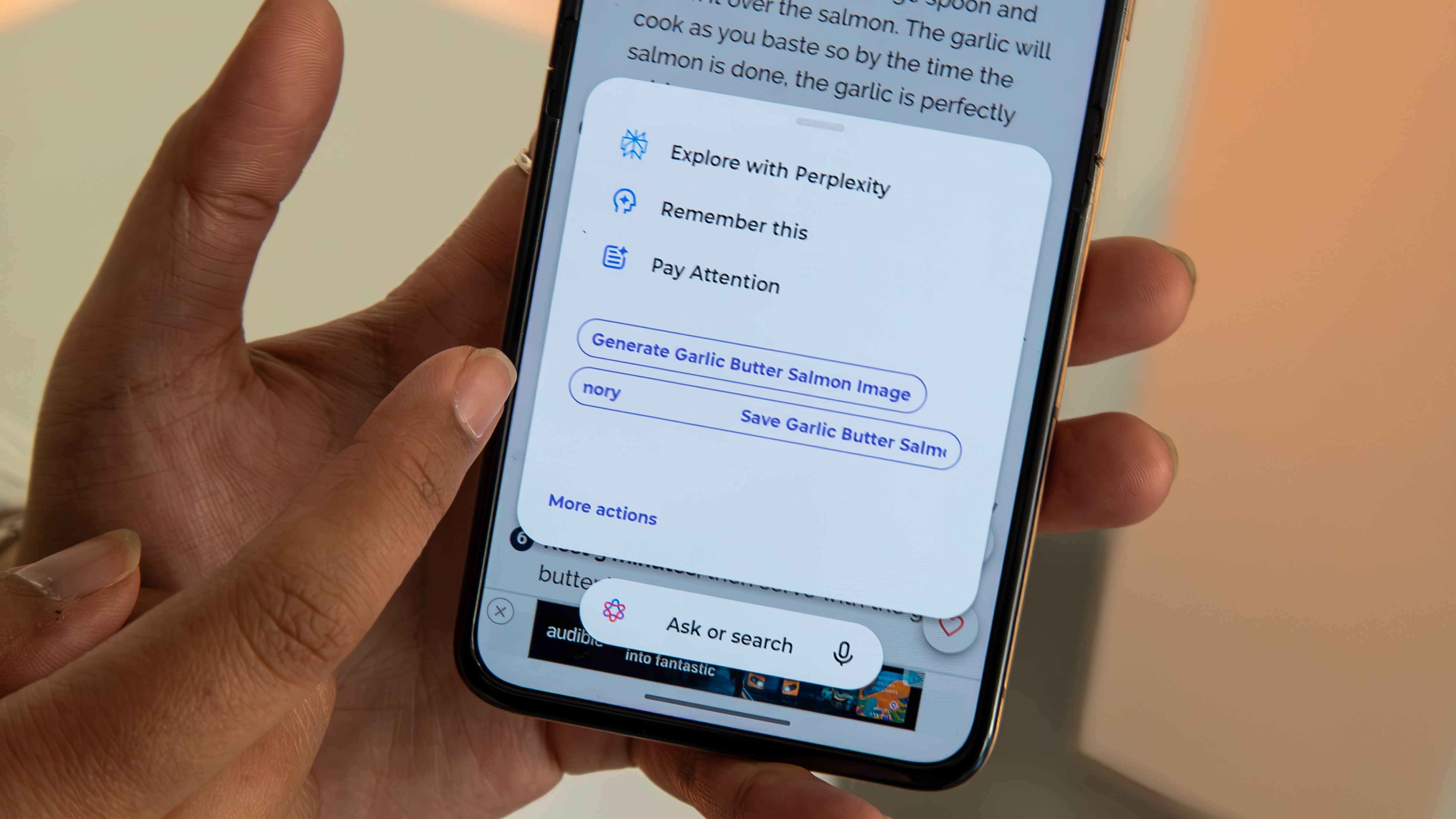
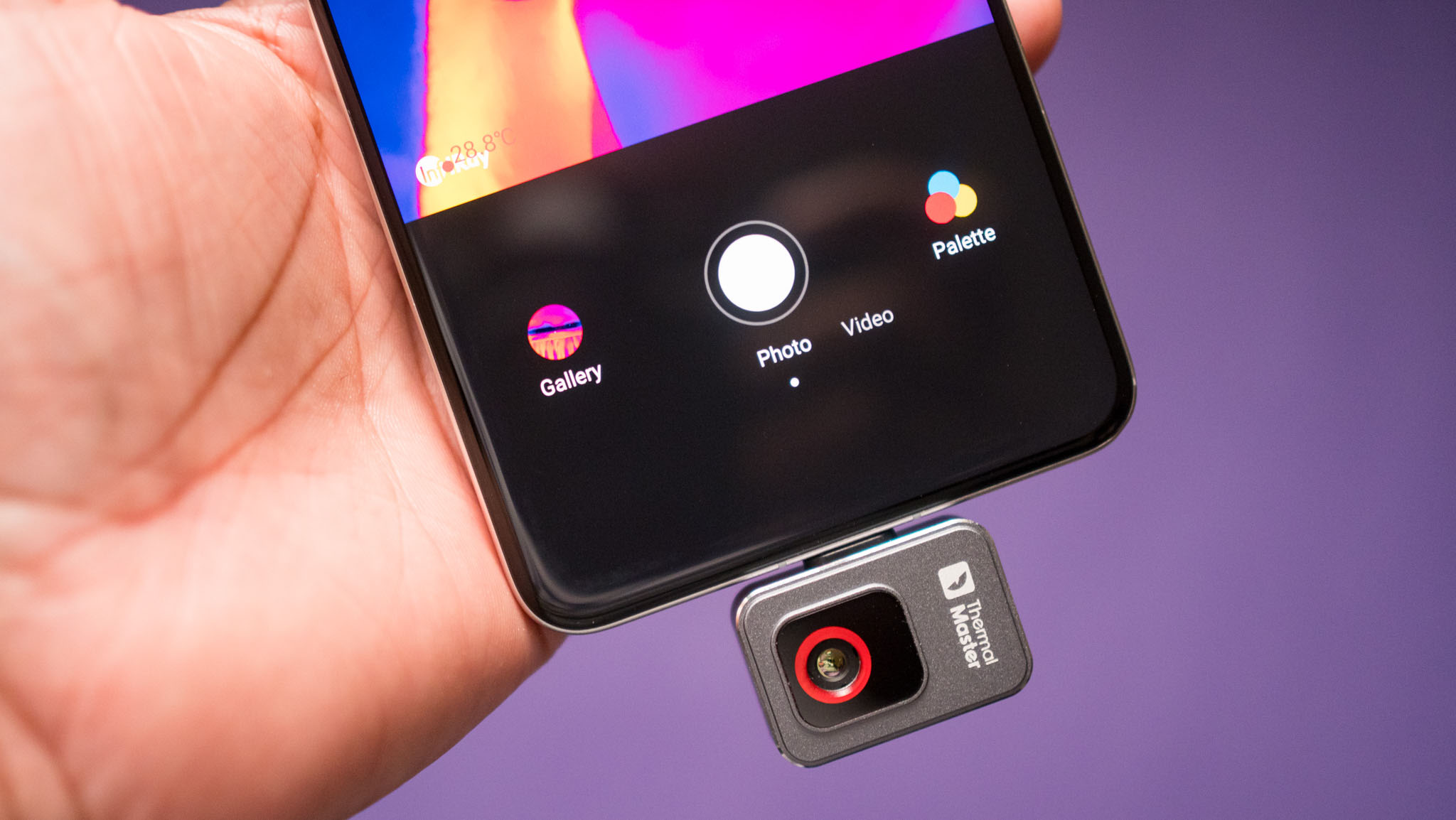

















































































































































































































![[The AI Show Episode 145]: OpenAI Releases o3 and o4-mini, AI Is Causing “Quiet Layoffs,” Executive Order on Youth AI Education & GPT-4o’s Controversial Update](https://www.marketingaiinstitute.com/hubfs/ep%20145%20cover.png)


















































































































